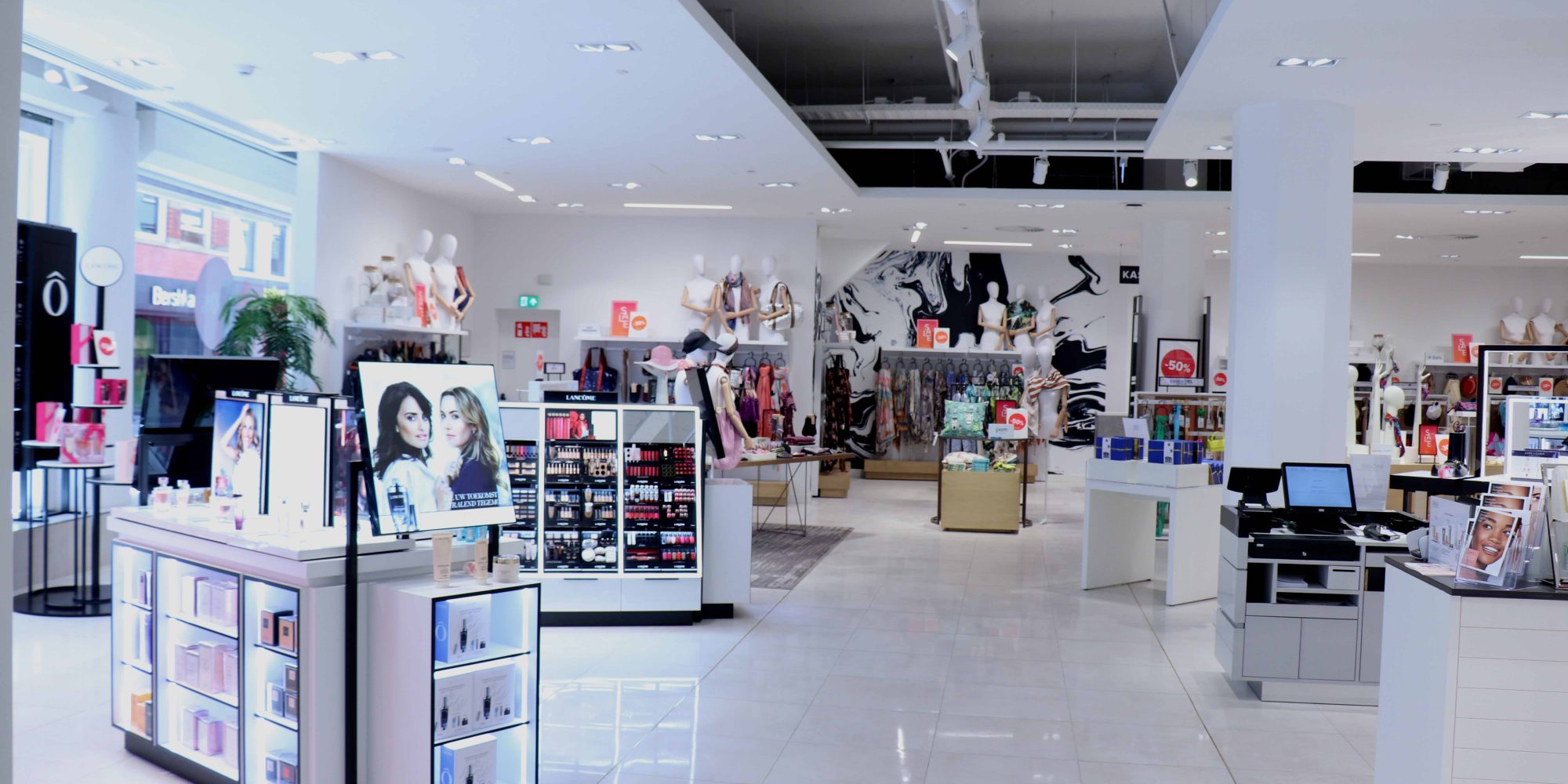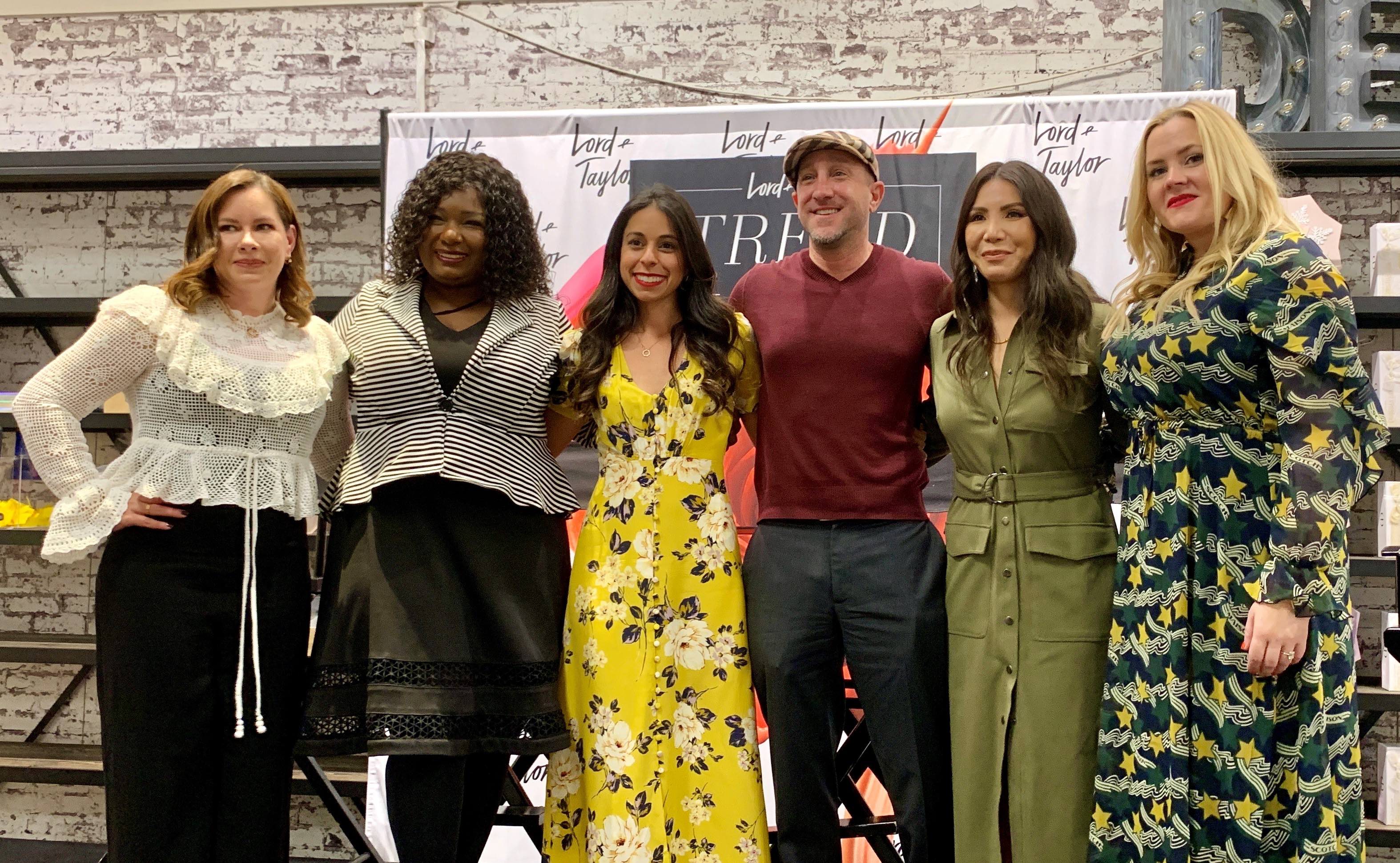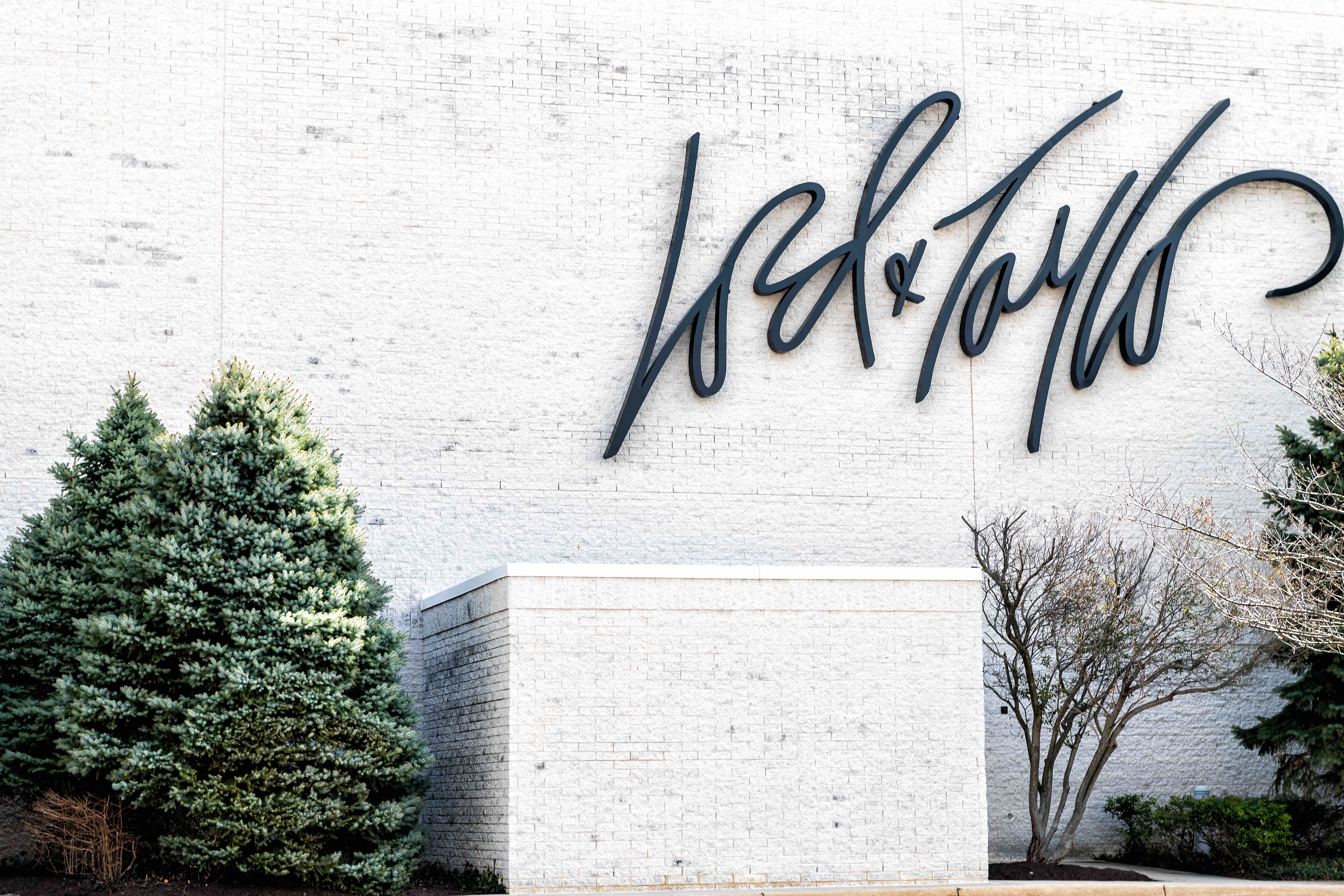
A Veteran Buyer On How Indie Beauty Brands Can Win Over Retailers Challenged By The Pandemic
Challenging for indie beauty brands prior to the pandemic, the retail environment is getting exceedingly tougher due to it. Melissa D’Aquila, who spent 11 years as a buyer at Lord & Taylor, the last two dedicated to indie beauty brands, advises beauty startups to drill down on how they’re going to help stores succeed in order to crack virtual and physical shelves today. “Where I was placing my resources and focus really shifted. I was focusing more on sure bets as opposed to taking a risk on an indie brand,” she says of the period preceding the liquidating department store company laying her off last month. “Sometimes it’s going to take 20 indie brands to do the volume of an Estée Lauder. I had less time to partner with them and guide them to tell them what they could be doing to drive sales.” Indie beauty brands increasingly have to be proactive business partners to become closer to being sure bets for stores. D’Aquila provides Beauty Independent six recommendations for bolstering their retail chances.
1. No Slacking On Social Media
The significance of brands’ social media platforms to retailers had grown substantially leading up to the coronavirus crisis. Amid the crisis, they’ve become crucial. In the not-too-distant past, D’Aquila would have scrutinized a brand with 10,000 Instagram followers with trepidation, but, if the brand made up for its low follower count in other areas, she’d give it a pass. Now, D’Aquila wouldn’t be as magnanimous. “I want to see a stronger following because the ability to grow a brand won’t exist in the way it did previously,” she says, elaborating, “I don’t think there’s a holy grail number of at least 20,000 or 40,000 followers on Instagram. It’s more about engagement and that I see there’s a community. The community speaks to loyalty and the brand having legs.”
D’Aquila continues brands can foster community by collaborating with like-minded, noncompetitive brands; cultivating relationships with existing customers (healthy repeat customer purchases demonstrate a fervent community); and social media advertising and influencer marketing at a moment when rates are relatively affordable. Making headway on TikTok definitely can’t hurt, and indie beauty brands have the ability to do so. The men’s cosmetics brand Stryx, for example, has amassed 5 million views on its TikTok videos. “Social media is a great equalizer right now. We have access to people we didn’t before,” says D’Aquila. “That allows you to build a community much more easily.”

2. Create Unique Content
If a woman is searching for an article on at-home self-care tips, she’s going to find thousands of them. Posting a similar piece could draw eyeballs, but it doesn’t enable a brand to stand out. D’Aquila is intrigued by beauty brand founders showing their distinctive product techniques and sharing what inspired their products. “If you’re using the voice of your brand, and you’re being true to who you are, it will come across as authentic, and I think that’s important right now,” she says. “One reason big retailers are struggling now is they lost the authentic connections they had with customers. Customers can see through a lot.”
Under normal circumstances at Lord & Taylor, content would be created in-house. However, D’Aquila says the current pressing circumstances call for retailers to lean on brands for content. Brands that understand what content moves the needle for them and their audiences have an advantage. D’Aquila says, “Focus on content that’s not just about directly selling your customers, but lifestyle content that could improve your customers’ lives overall. That will resonate with them.”
3. Throw Great Digital Events
At Lord & Taylor, D’Aquila figures events accounted for as much as 20% of the beauty business. With events improbable or exceedingly altered in the foreseeable future, retailers are going to be experimenting with tactics to replicate them in whatever manners possible. Brands that have digital events down pat will be esteemed. Perhaps they can assist retailers with pinning down compelling digital event hosts such as beauty professionals, influencers or celebrities able to lure crowds and wow them through tiny screens, and pick subject matters that perform.
D’Aquila singles out FaceGym as a brand that’s harnessed livestreams and online classes effectively. It has a series of online classes demonstrating its tools that consumers can check out on its website, and hosts livestreams pairing master trainers with known personalities and companies like SoulCycle and Sweaty Betty. Brand collaborations are beneficial for in-person events and may be crucial to generating fruitful digital events for retailers. In an in-store setting, D’Aquila mentions Clove + Hallow joined forces with Kiehl’s Since 1851 to broaden the customer outreach and yield sales results. There’s no reason why a collaboration akin to that can’t be replicated in an online setting. D’Aquila says, “For me, I need the comfort that, if I provide a format for my brands, they will produce.”
4. Think E-Commerce First
Retailers have often tested small brands online and, once they reached e-commerce sales goals, they landed on store floors. The e-commerce route is only gaining in relevance. At Lord & Taylor, D’Aquila says, “We were very omnichannel-focused and, once COVID-19 hit, I was looking into more brands for e-commerce-only.” Brands that can deftly maneuver in e-commerce scenarios will be sought-after. For retailers, their e-commerce prowess is predicated largely on merchandise and infrastructure. D’Aquila shares Lord & Taylor discovered certain items such as high-tech devices worked well online. She says, “Online consumers spend more time doing research and are willing to spend a little bit more.” D’Aquila suggests brands that have drop-ship capabilities tout them as a selling point. She says, “If you offer drop-ship, that could be a really amazing way to get in with a retailer and, then, based on sales, they will allow you to grow.” However, drop-shop doesn’t make sense for all brands. D’Aquila notes products had to be $40 or above to pencil out for Lord & Taylor’s drop-ship model. A $20 lipstick wasn’t a fit.

5. Avoid Deep Discounting
In a recession or depression, brands and consumers are going to be hunting for value. D’Aquila stresses that doesn’t mean brands should be discounting wildly. “I don’t want to see them devaluing their brand and taking a margin hit,” she says. “What I rather see them do is really exciting bundles to build their AUS [average unit sale] and a greater experience for their customers.” Retailers are always interested in sharply priced sets for the holiday season. This year will definitely not be an exception. “More than ever, easy and obvious gift-giving items under $40 are going to be a huge win. I don’t think people are going to be spending as much as they used to, but they’re still going to want something that sprinkles joy, if you will,” says D’Aquila, adding, “I think Q4 is going to be the true indicator of what the future looks like for the time being. If you can win during holiday, that would be amazing.”
6. Consider Pertinent Products
D’Aquila was responsible for buying merchandise for queue lines or checkout sections in Lord & Taylor’s beauty departments. She would stock them with private-label hand sanitizer and, in a regular week, customers would shell out for about 100 hand sanitizer units. In the first two weeks of March, they snapped up 50,000 hand sanitizer units. While that mad rush may never be replicated, there could be different germane products popping up as the pandemic persists that, should a retailer have a presence in, would set them up for big windfalls. Nimble indie beauty brands could be primed to deliver on retailers’ demand for those sorts of products. Emerging brands with avid fans can also boost retailers’ cool factor by supplying them exclusive, covetable items. “Exclusive products are 100% a huge win,” says D’Aquila. She proposes, “Build out a category together and have a number of exclusives over a certain amount of time. I’ve always found a large offering works better than exclusives that are one-offs.”





Leave a Reply
You must be logged in to post a comment.